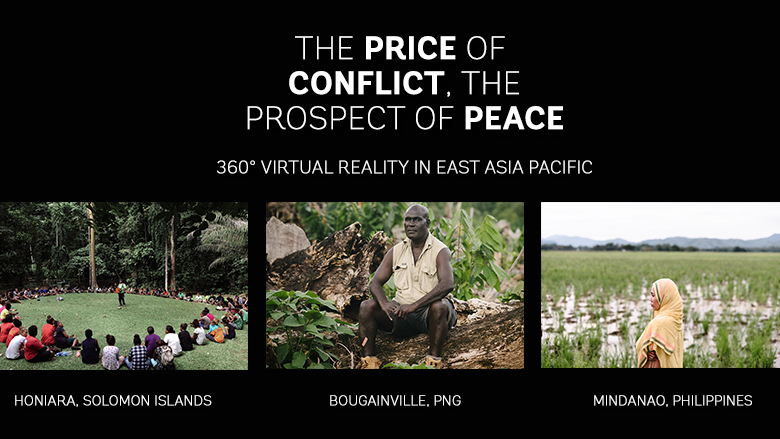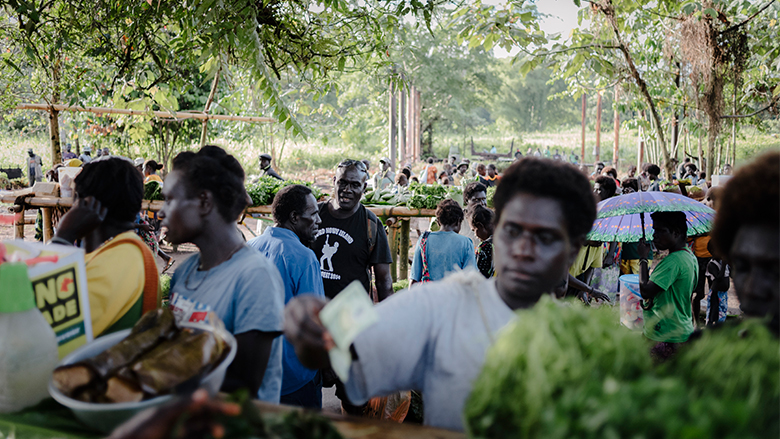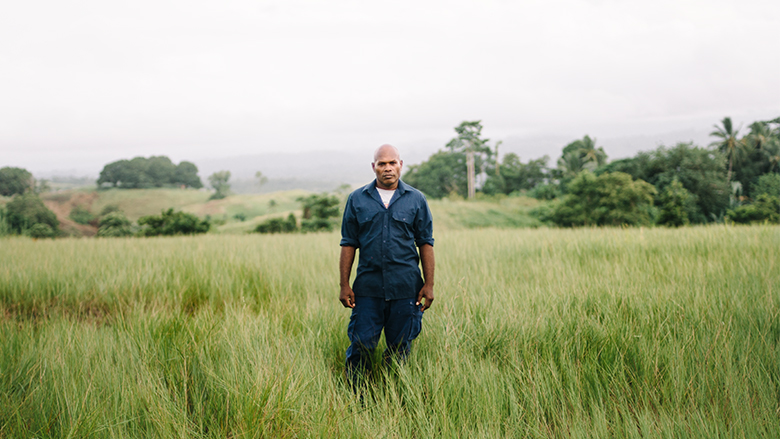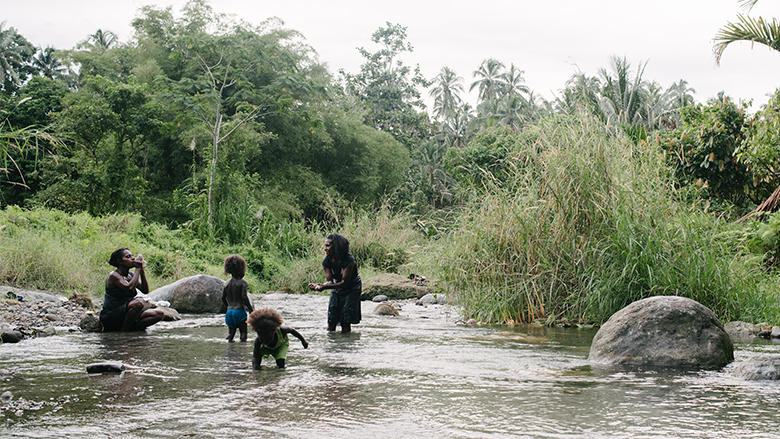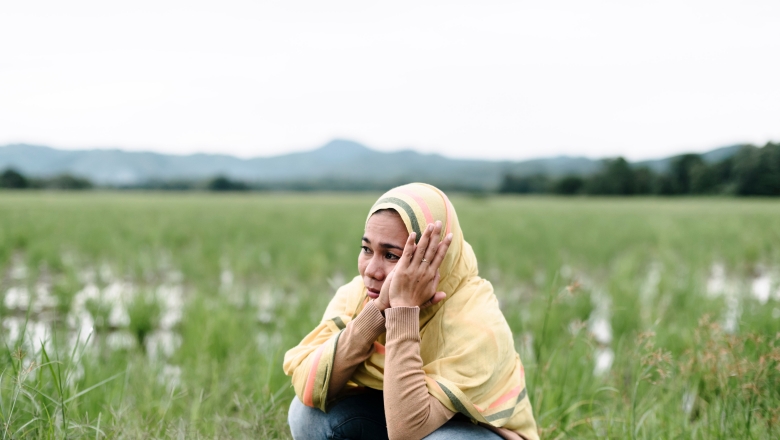A church service in a rural community of Papua New Guinea reveals the price of conflict.
On a Saturday morning, men and boys fill only one row of pews while women and girls fill the other two. Four years of unrest that ended in 2011 killed 49 of Oria village’s fighting age men to tear the social and economic fabric of the isolated community.
It is one example of how conflict continues to exact a heavy toll long after the bloodshed and turmoil stop.
The violence kills and maims people, destroys homes, forces communities to flee, damages infrastructure, depletes food sources and halts commerce.
Recovery takes time, resources and tolerance. Children without parents must be cared for and educated, houses and roads and bridges rebuilt, refugees and those displaced brought back and a functioning economy restored.
Moving past the causes of conflict to rebuild lives and communities inspires stories of courage in the face of constant hardship and hope in the face of overwhelming despair.
In Papua New Guinea’s Autonomous Region of Bougainville, women from rival communities torn apart by ethnic conflict came together to help halt the violence. In the Solomon Islands, a man who became a rebel commander after his father’s killing eventually chose peace and now mentors young men to get educated. In the Philippines, a strife-ridden region takes the first unsteady steps toward autonomy under a cease-fire.
The World Bank Group and its partners work in such places to help provide the foundation for peace after conflict.
By supporting cocoa production in Oria, a World Bank-backed project gives local farmers the means for new livelihoods. A program on the Solomon Islands to improve work qualifications offers jobless young men a potential alternative from wasted days of alcohol and drugs. In Philippines a water project brings clean drinking water and helps bridge decades-old religious and ethnic divides.
These are stories, told in 360-degree Virtual Reality, of the continuing cost of conflict and how the international community works with people, communities, governments and partners to build prospects for lasting peace.
